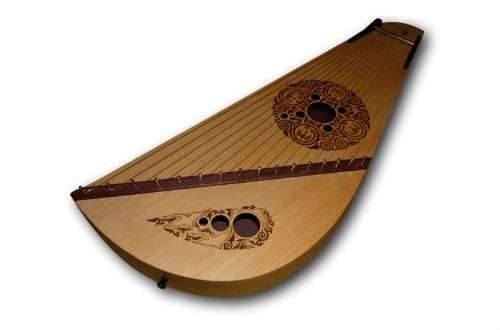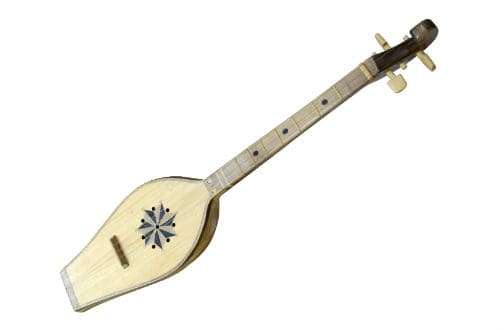
Dulcimer: tool description, composition, history, use
The dulcimer is a stringed musical instrument of North American origin, technically similar to the European zither. It has a specific soft metallic sound, giving it a unique and incomparable flavor.
Appeared in the nineteenth century in the Appalachian Mountains in the United States among the Scottish settlers. Despite this, it has no analogues among Scottish or Irish folk musical instruments.
The instrument is characterized by a specific elongated body, usually made of wood. The most popular type of case is the so-called “hourglass”. The number of strings varies from three to twelve. Due to the design features, the performer has to play while sitting. The most common tuning is when two melodic strings are played at the same time.
The people fell in love with the instrument thanks to the performer Jean Ritchie, who used it during her performances. So the general public learned about dulcimer and he gained great popularity in the world.
In the second half of the twentieth century, the structure of the dulcimer changed somewhat due to the growing prevalence: tuning was simplified, weight decreased. Today, he continues to maintain wide popularity – in the United States, festivals are often held in honor of him, where musicians from all over the globe come.





